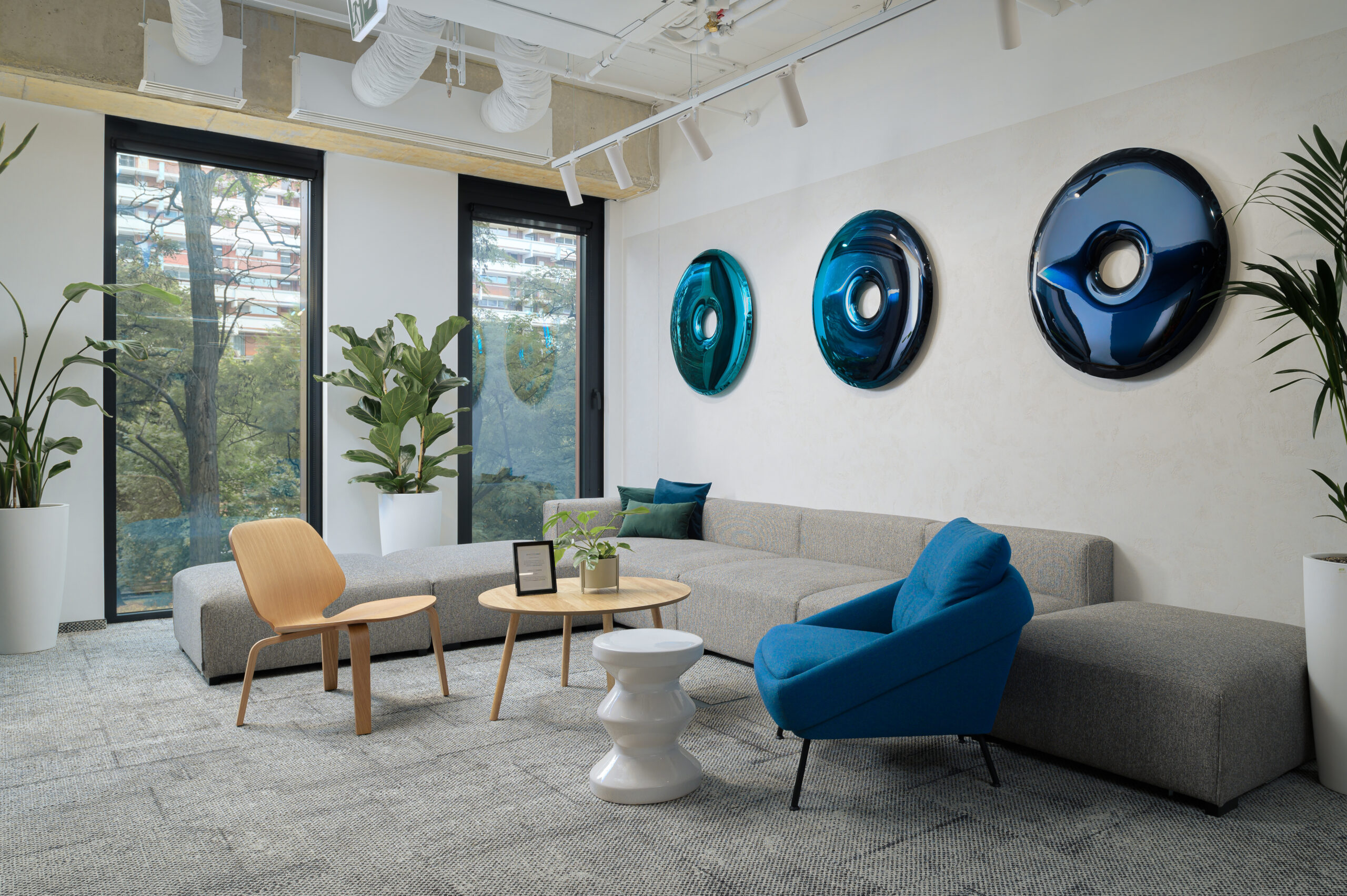Let’s make it crazy beautiful. And within budget!
Flex office design
The design of a flex office should be beautiful. And functional. And durable. And flexible. And fit within a limited budget. Easy, no?
Designing a co-working space or a flex office is very different from work on a corporate one. While a corporate office, in essence, serves one business and should reflect the brand & culture of this business, a flexible office IS the business. Through design, we must build the brand positioning and make sure that it’s attractive for the desired segment of clients.
At the same time – as the name suggests – a flex office must maximize flexibility, as there will be tenants of different sizes and with varying requirements and preferences.
We’ve had the privilege of working with the leading flexible office operators in Poland – Business Links and City Space – on numerous award-winning projects. We built a broad knowledge base and a set of best practices, regarding the design for this market segment.


What are the key challenges in flex office design?
Shared spaces are the heart of flex offices, serving as hubs for collaboration and networking among tenants. However, creating an environment conductive to community building while respecting individual privacy presents a delicate balance. We must strike the right chord with inviting layouts, comfortable furnishings, and strategic zoning to foster interaction without sacrificing personal space.
Flex spaces must stand out to attract tenants. Crafting a visually captivating environment with unique design elements is essential. Each detail must contribute to creating a space that wows visitors and reflects the brand identity of the flex operator.
With a high volume of occupants and constant use, durability is non-negotiable. Selecting materials and finishes that can withstand the rigors of daily wear and tear without compromising aesthetics – or exceeding the budget – is a significant challenge.
Flex operators operate on a tight budget, requiring designers to deliver cost-effective solutions without compromising quality. Optimizing space utilization & minimizing operational expenses is critical. Design decisions must align with the operator’s financial goals, striking a balance between affordability and value creation.

